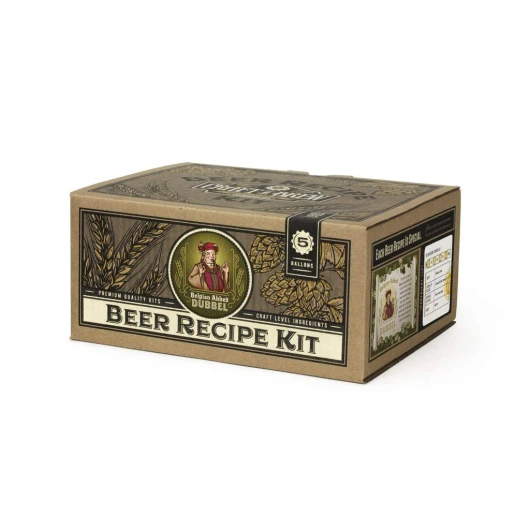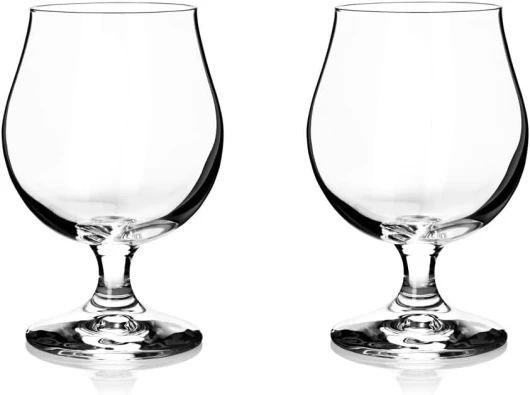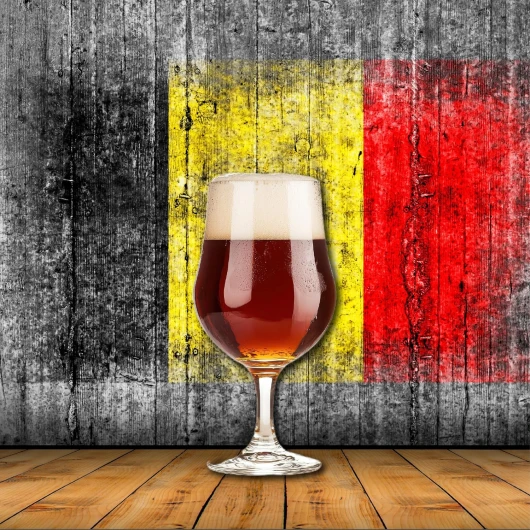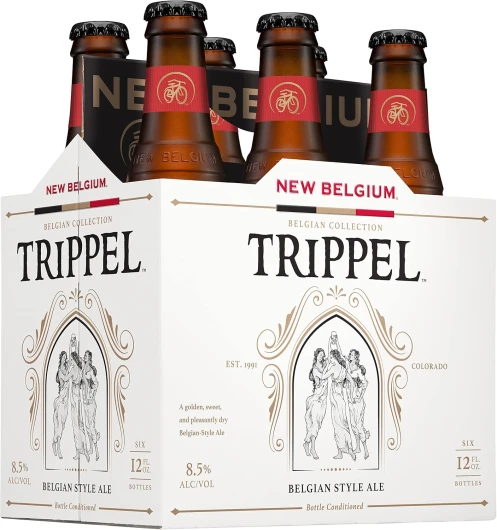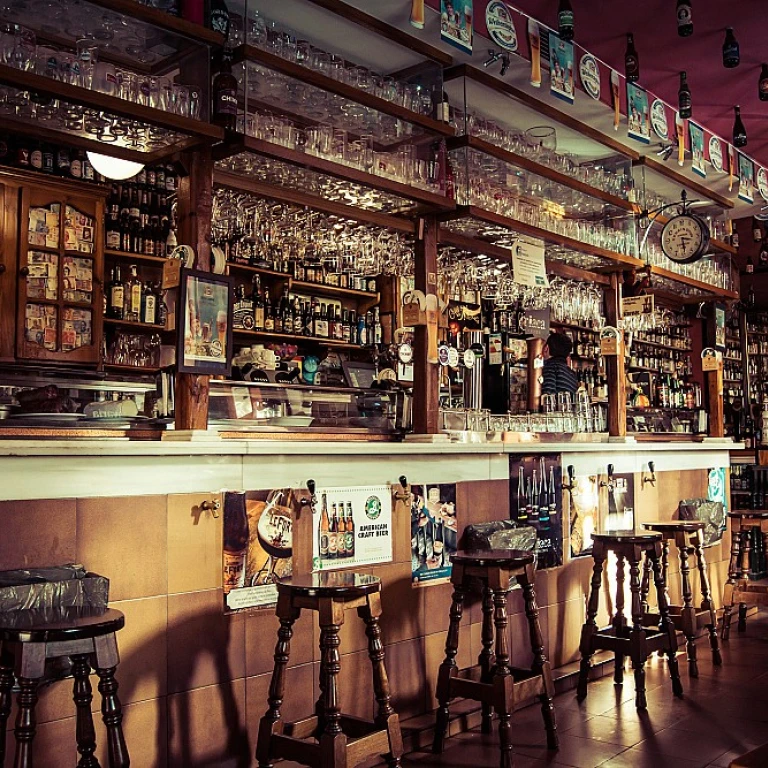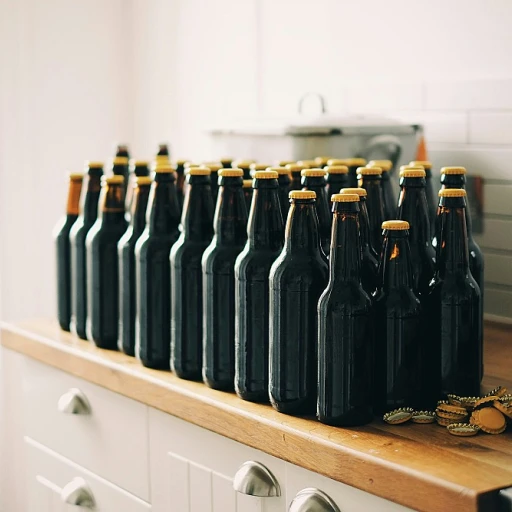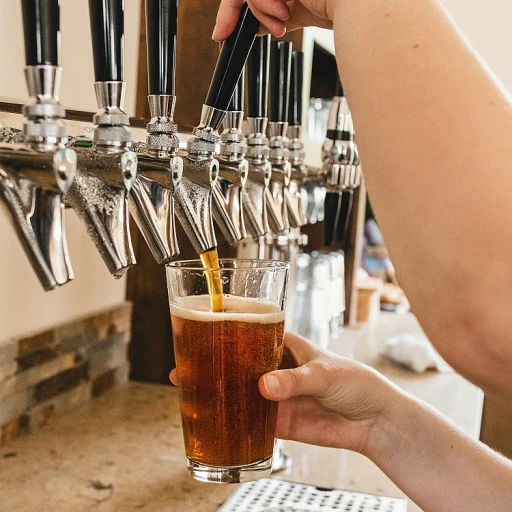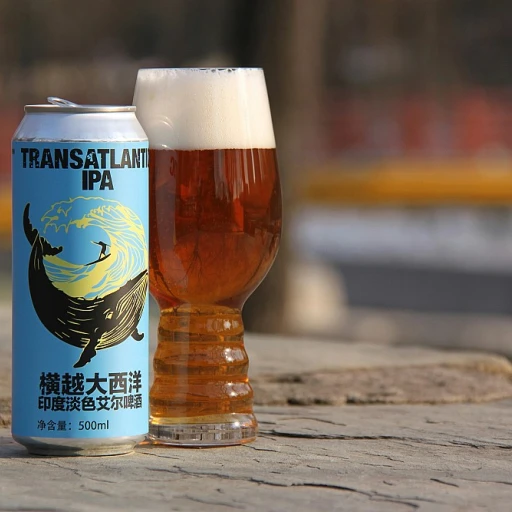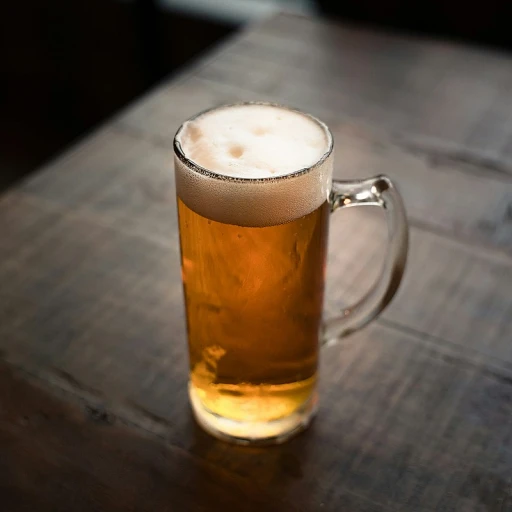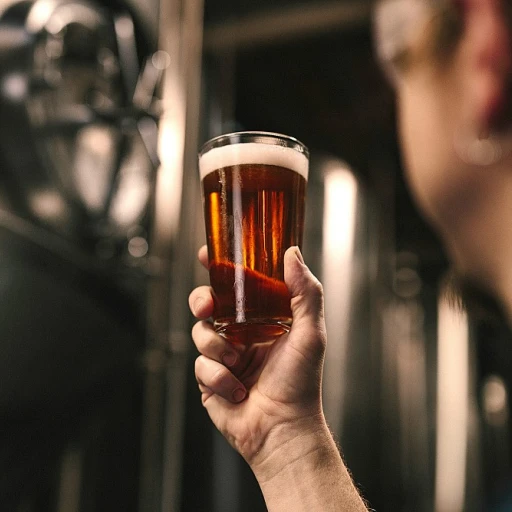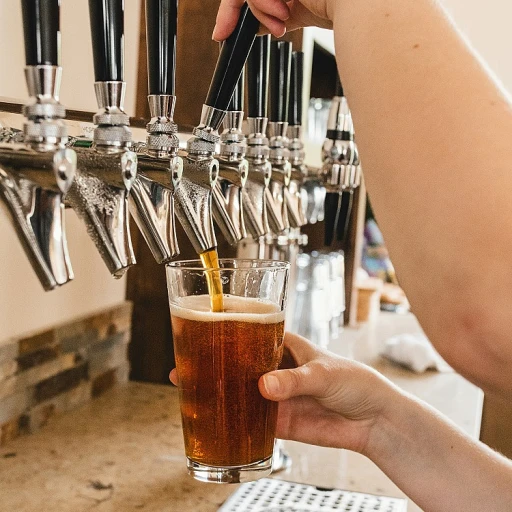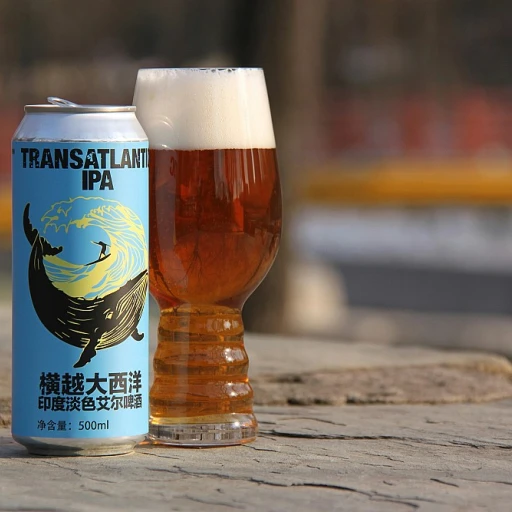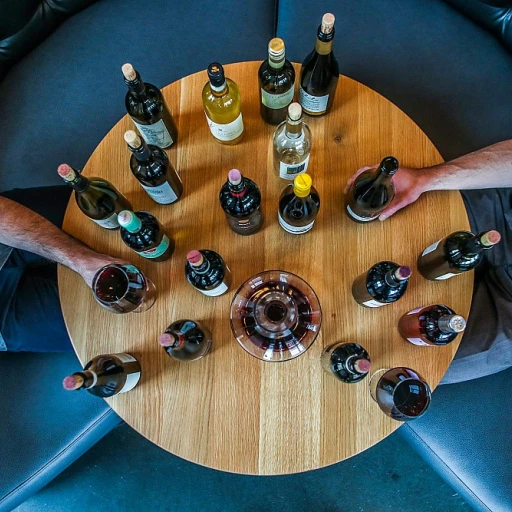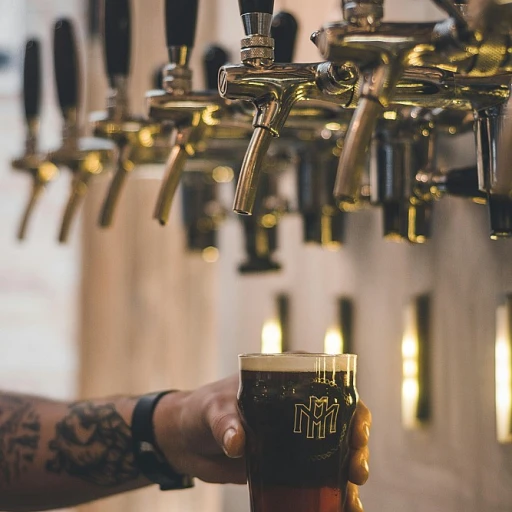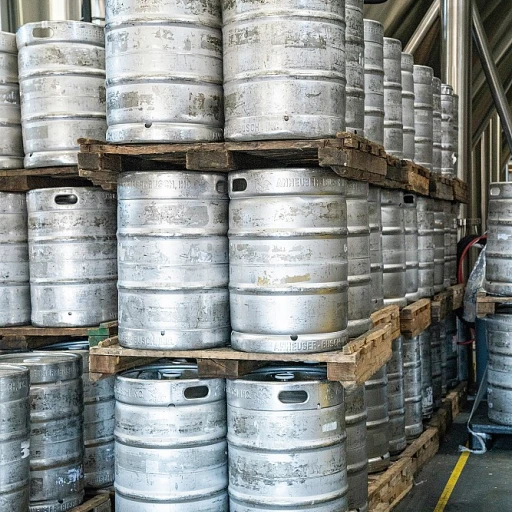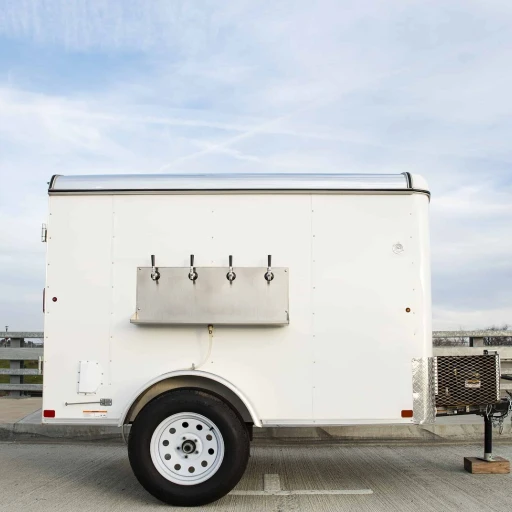
The Origins of Belgian Quadrupel
Tracing the Beginnings of a Belgian Classic
Belgian quadrupel, often abbreviated as “quad,” traces its roots back to the rich brewing traditions of Belgian monastic breweries, making it a revered member of the Belgian ale family. The evolution of what we now appreciate as quadrupel emerges from a lineage of strong, dark ales traditionally crafted by Trappist monks. These monastic breweries honed their craft over centuries, aiming to create brews that resonate with complexity and depth of flavor. Their dedication and faith in their craft have given rise to iconic beer styles. Initially produced to cater to the needs of the monastic community and their guests, quadrupels were characterized by their robust malt profile and higher alcohol content. This style was meant to be enjoyed slowly, sipped like a fine wine, which explains its historical positioning as a special occasion beer. Over time, the style gained popularity among the secular world, drawing enthusiasts who appreciated its multifaceted taste and the rich culture from which it sprang. For those interested in understanding the historical context and the brewing ingenuity that led to quadrupels, witnessing the evolution of Belgian brewing practices provides essential insights. The expertise refined in crafting Belgian quadrupels is mirrored in the production of other beloved styles, such as the renowned Tripel Karmeliet.Tasting Notes: What Makes a Quadrupel Unique
Unique Characteristics of a Quadrupel
Belgian Quadrupels are renowned for their rich, complex flavors and aromas, seducing the senses with their depth and boldness. One sip, and you'll understand why these beers stand out.
- Rich Malt Base: The robust malt backbone is the foundation of any Quadrupel, imparting a deep, caramel sweetness that mingles with notes of dark fruit like plums, raisins, and dates.
- Spicy and Fruity Yeast Contributions: Belgian yeast strains used in Quadrupels introduce a mesmerizing array of spicy phenols and fruity esters, adding layers of complexity to the brew.
- High Alcohol Content: With ABVs usually ranging from 9% to 14%, this strong ale delivers a warming sensation, often complementing the beer's sweet flavors with a slight alcohol heat.
- Low Bitterness: The focus remains on the malt and yeast character, with hops playing a minimal role. This results in a smooth, full-bodied beer with a gentle bitterness to balance the sweetness.
If you're intrigued by the allure of intricate Belgian ales, you might also enjoy exploring their blonde ale counterparts, which offer a lighter, yet equally charming taste experience. Learn more about them through this in-depth exploration of Belgian blonde ale.
Brewing Techniques and Ingredients
Perfecting the Craft: Mastering Quadrupel Brewing
Belgian Quadrupel, a beer with intricate flavors, owes much of its unique profile to the delicate balance of ingredients and precise brewing techniques. Brewers aiming to produce a remarkable quadrupel must thoroughly understand the selection and combination of its constituents, as well as the influence of the brewing process itself. Firstly, the malt is a fundamental component, often making up a significant portion of the beer’s complexity and richness. Dark and pale malts are typically used, providing the backbone for the deep, rich hues and caramel notes found in a well-brewed quadrupel. Additional specialty grains can also be introduced to enhance distinct flavors and achieve the desired body and consistency. Yeast selection is equally crucial, as it significantly affects the overall flavor profile. Traditional Belgian yeast strains are favored for their ability to impart the spicy and floral esters, along with fruity phenolics, that are characteristic of a quadrupel. During fermentation, temperatures must be carefully controlled to ensure that these flavors develop harmoniously without overpowering other elements.The Art of Hop and Spice Balance
While hops may not be as prominent in a quadrupel as in other beer styles, they still play a role in achieving balance and complexity. Noble hops or other low-alpha varieties are commonly chosen for their subtle bitterness, which helps to temper the sweetness of the malts and can provide mild earthy, herbaceous notes that complement the overall flavor. Additionally, spices such as coriander or orange peel might be incorporated to add an extra layer of complexity. However, it’s crucial for brewers to ensure these spices do not dominate the palate, but rather blend seamlessly with the malt and yeast characteristics.Meticulous Maturation Process
Finally, the maturation period in the brewing of a quadrupel cannot be understated. Aging is integral to the development of its characteristic depth and richness. Extended aging in tanks or, increasingly, in barrels, allows the flavors to meld and mature, often enhancing the beer's complexity and introducing new dimensions to its flavor profile. The growing trend of barrel-aging, often in wine or whiskey barrels, has introduced exciting variations, adding notes of vanilla, oak, or even fruity esters, influencing the quadrupel’s evolving profile. To delve further into the art of brewing and experimentation, and to understand the innovation behind various brewing methods, explore the fascinating world of new flavors and techniques by reading about the buzz of innovative brewing methods.Famous Belgian Quads to Try
Renowned Belgian Quadrupels To Savor
Delving into the world of Belgian quadrupels is akin to embarking on a flavor journey where tradition and expertise converge. While the taste notes captivate with their complexity, several iconic Belgian quads stand as a testament to the art of brewing. Here are a few you should not miss:- St. Bernardus Abt 12: This classic brew is renowned for its intricate balance of flavors, featuring a rich blend of dark fruit, caramel, and a subtle spiciness. Its full-bodied nature complements its slightly sweet finish, making each sip an experience to cherish.
- Rochefort 10: Often hailed as a masterpiece, Rochefort 10 offers a nuanced mix of chocolate, plum, and roasted malt flavors. Its deep, complex character is rounded off with a smooth yet potent warmth that lingers delightfully.
- Westvleteren 12 (XII): Considered one of the best beers in the world, Westvleteren 12 is a rare gem with a symphony of stone fruit, toffee, and vanilla notes. Its luxurious mouthfeel and exquisite depth make it a revered choice among connoisseurs.
- La Trappe Quadrupel: A superb example of a Dutch interpretation of the Belgian quad, it boasts flavors of dried fruit and honey, with a hint of oak and vanilla, resulting from its aging process.

